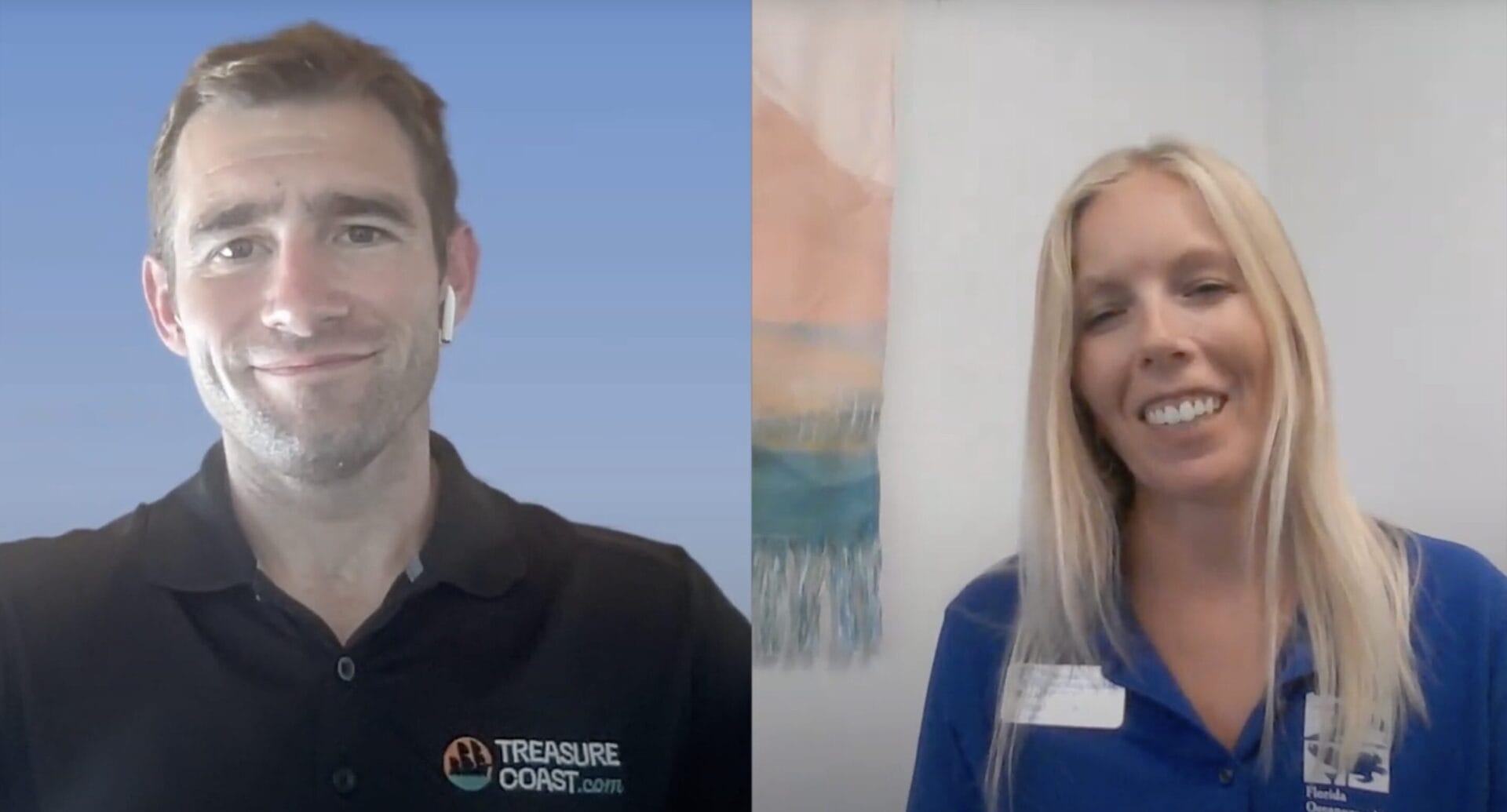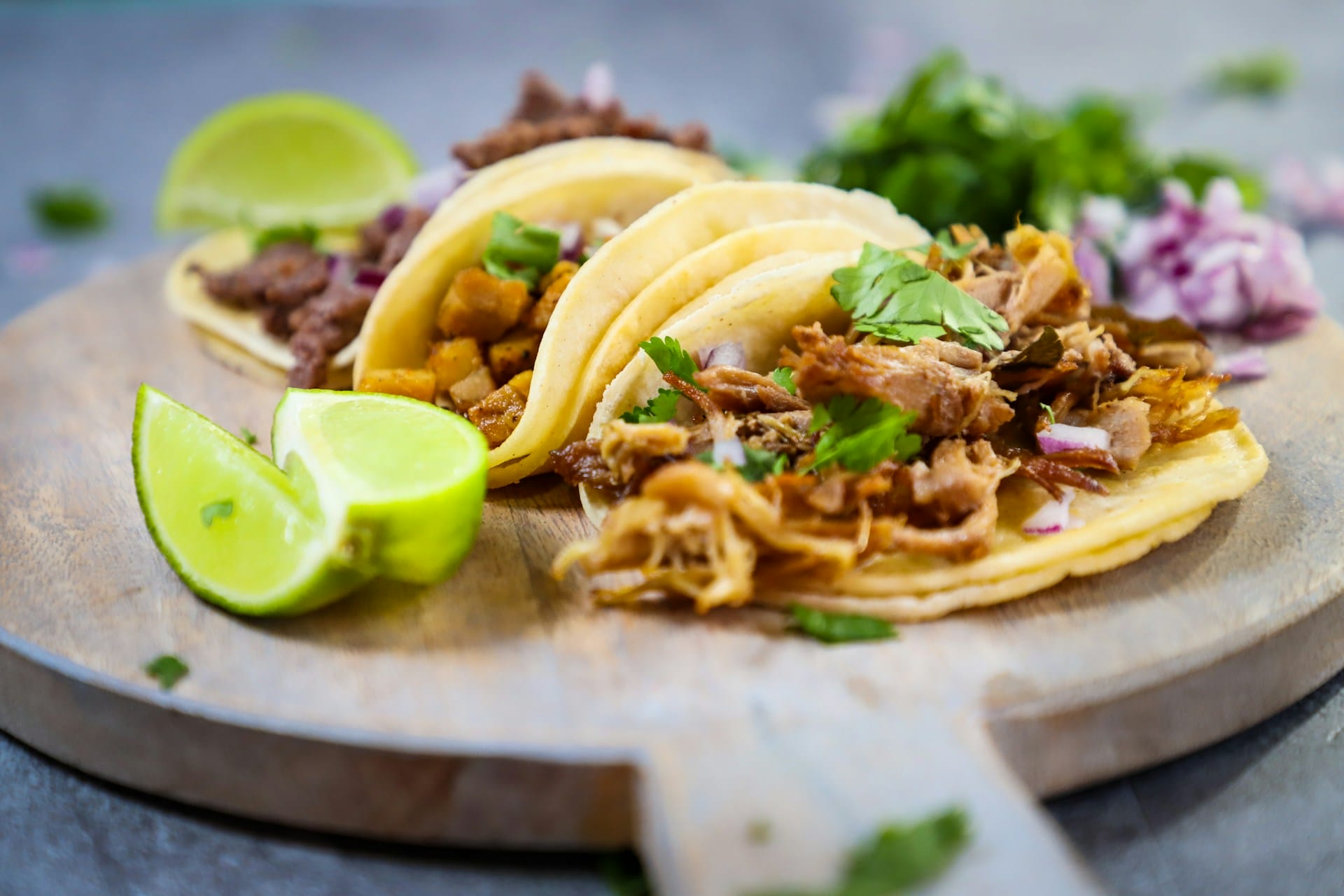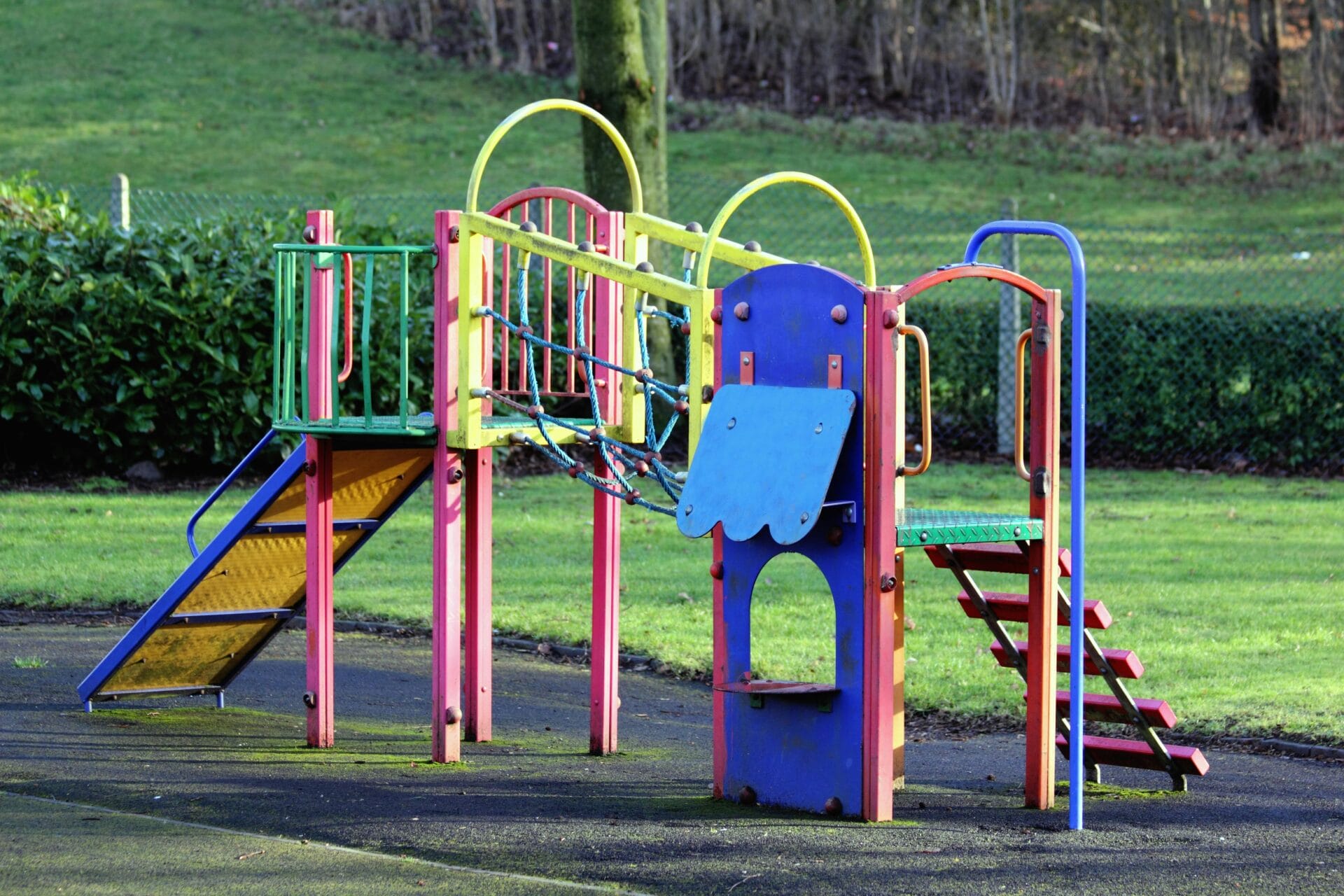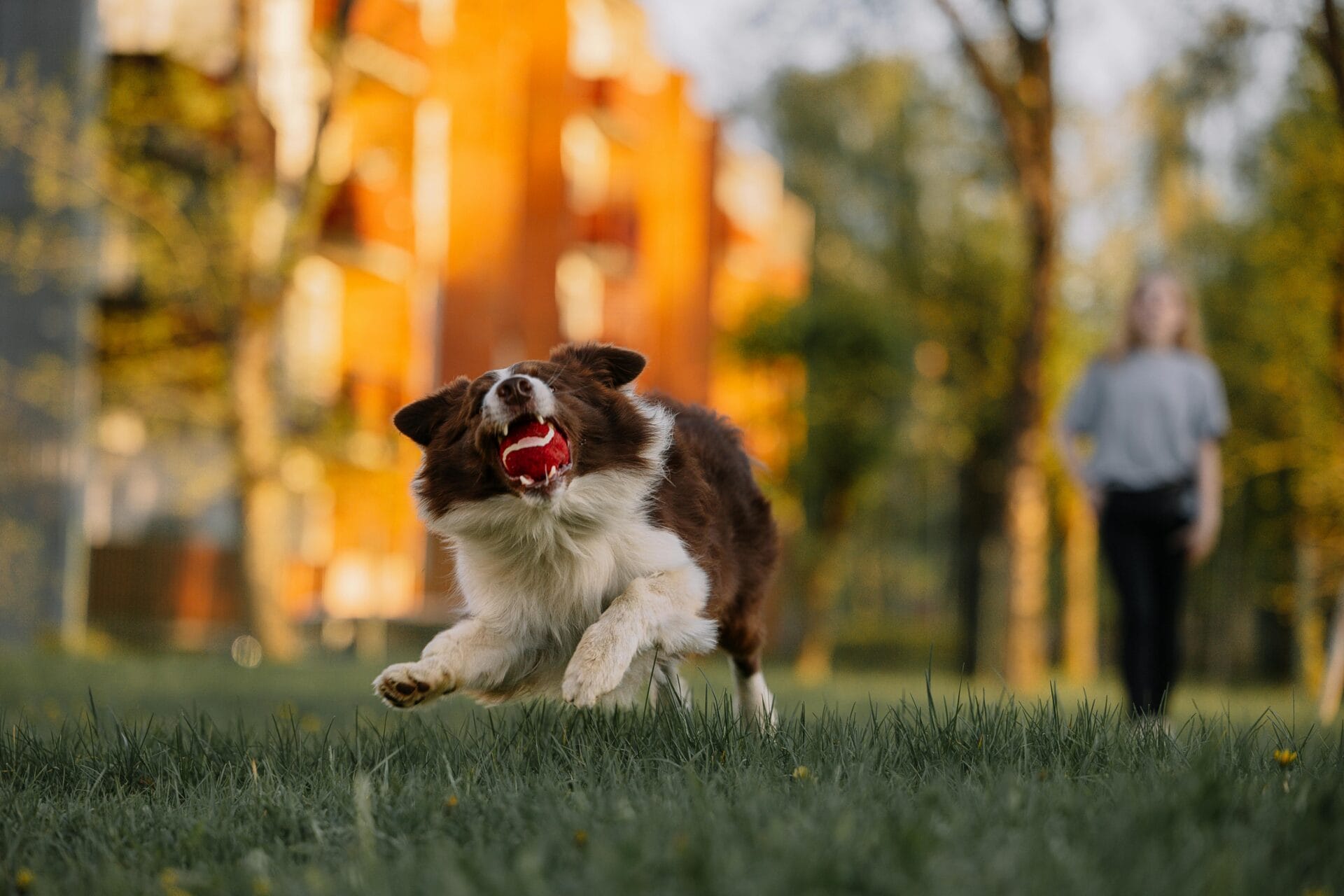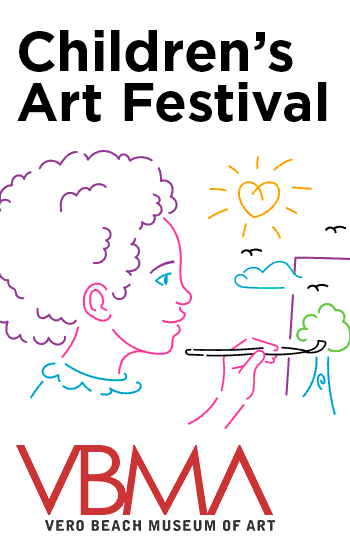Florida Oceanographic Society is a nonprofit organization that has worked since 1964 to protect and preserve Florida’s coastal ecosystems. The Society’s mission is to inspire environmental stewardship through education, research, and advocacy. In this episode of The Current by TreasureCoast.com, Michelle Byriel, Community Engagement Coordinator, offers a behind-the-scenes look at how that mission is carried out daily from their base on Hutchinson Island.
With nearly 20 years of experience at Florida Oceanographic Society, Michelle shares how the organization brings the public into direct contact with Florida’s environment. From hands-on science to policy discussions, the goal is always the same: give people the tools and knowledge they need to take action.
The Coastal Center as a Living Classroom
At the heart of the organization is the Florida Oceanographic Coastal Center. It covers 57 acres on Hutchinson Island between the Atlantic Ocean and the Indian River Lagoon. The setting is intentional. It allows the Society to demonstrate the complexity and biodiversity of Florida’s coastal ecosystems in a way that visitors can see and experience for themselves.
As Michelle explained, the nature trails and exhibits are more than just educational tools. They are designed to connect people with Florida’s natural beauty. Guests walk through mangrove forests, hardwood hammocks, and estuary viewpoints. Wildlife like dolphins, manatees, and even bobcats occasionally appear. Sea turtle walks and educational tie-ins with local researchers bring an added layer of real-world impact.
Oyster Reefs and Seagrass Beds as Restoration Priorities
Florida Oceanographic Society is known for its focus on restoration science. Two major areas of effort are oyster reefs and seagrass beds. Both are essential for water quality and marine life, and both have seen dramatic decline due to pollution and water management decisions.
📺 Watch: Saving Treasure Coast Waterways with Mike Holliday of Captains for Clean Water
Michelle described how the organization began by collecting discarded oyster shells from local restaurants. These shells were dried, bagged, and placed in strategic locations to rebuild reef structures. These oyster reefs create hard-bottom habitat, support marine biodiversity, and improve water clarity. A healthy adult oyster can filter up to 50 gallons of water per day.
View this post on Instagram
Although shell collection has slowed, reef restoration continues using newer methods. Current projects focus on monitoring spat recruitment and studying how well different techniques support reef growth. Along the Stuart boardwalk, visitors can see these reef structures in place.
Seagrass restoration is also underway at the Coastal Center. Over 30 nursery tanks are used to grow seagrasses from naturally washed-up fragments. Volunteers collect these fragments, which are then replanted and grown in controlled conditions. Once ready, the grasses are woven into burlap mats and placed in the estuary. Cages are sometimes used to prevent damage from manatees or sea turtles. The team monitors which locations and planting methods are most successful.
Water Quality Data That Drives Advocacy
Florida Oceanographic Society also operates a water quality monitoring program across the St. Lucie Estuary and Indian River Lagoon. Volunteers collect samples every week. The organization compiles this data into public reports that help track overall habitat health.
This data is not used to determine if swimming is safe. Instead, it measures conditions for the ecosystem as a whole. Michelle explained how these reports support advocacy efforts at the local, state, and federal levels. The organization has provided this data during policy discussions with the Army Corps of Engineers and state legislators.
One of the most significant advocacy wins in recent years was tied to the Lake Okeechobee System Operating Manual, also known as LOSOM. For years, damaging discharges from Lake Okeechobee harmed local waterways, destroyed oyster beds, and triggered toxic algae blooms. Thanks to consistent pressure from organizations like Florida Oceanographic and community members, LOSOM now includes protections that limit unnecessary discharges into the St. Lucie Estuary.
How the Community Can Get Involved
Michelle emphasized that community involvement is essential. Volunteers help with restoration work, coastal cleanups, and outreach events. The Society also runs programs that bring underserved school groups to the center for free.
View this post on Instagram
For those looking to make a difference, Michelle offered several simple but effective actions. These include picking up trash at the beach, avoiding fertilizer use during seasonal bans, and properly disposing of fishing lines. She also pointed out that individuals can help without being part of an organized event. Advocacy can be as simple as sharing information or contacting local officials during calls to action.
The Society provides tools to make this easier. Their website and social media channels offer updates, volunteer opportunities, and educational resources. Monthly newsletters highlight ways to get involved, and the organization regularly publishes water quality updates and advocacy alerts.
Partnerships That Strengthen the Mission
Florida Oceanographic Society does not work alone. Michelle spoke about active partnerships with organizations such as Harbor Branch and Everglades Foundation. These partnerships allow for expanded research, better public education, and more effective advocacy.
Annual support from donors and sponsors is also key. As a 501(c)(3), Florida Oceanographic Society relies entirely on donations, memberships, and community investment. Supporters help fund programs like school field trips, citizen science events, and outreach campaigns.
Michelle mentioned several upcoming programs designed to reach new audiences. One involves a casual citizen science event led by Executive Director Mark Perry at Frazier Creek. Another is an ecological trivia night at a local restaurant. Both events aim to spread awareness in approachable settings outside of the Coastal Center.
Final Thoughts
Michelle’s focus for the future is simple. She wants to expand the reach of Florida Oceanographic’s message. That includes bringing more people to the Coastal Center, increasing memberships, and raising awareness about water quality issues across the region.
She stressed that the mission is not just about programs and data. It is about changing how people think and act. If more residents and visitors understand how their choices affect Florida’s coastal ecosystems, more people will take steps to protect them.
Michelle’s appearance on The Current highlighted how education, science, and advocacy work together. It also showed the importance of consistency. The Society has been advocating for Florida’s waters for decades. That long-term commitment has produced real policy change and community engagement.
As the Treasure Coast continues to grow, the need for organizations like the Florida Oceanographic Society will only increase. With public support and continued outreach, the mission to inspire environmental stewardship is well-positioned to succeed.
